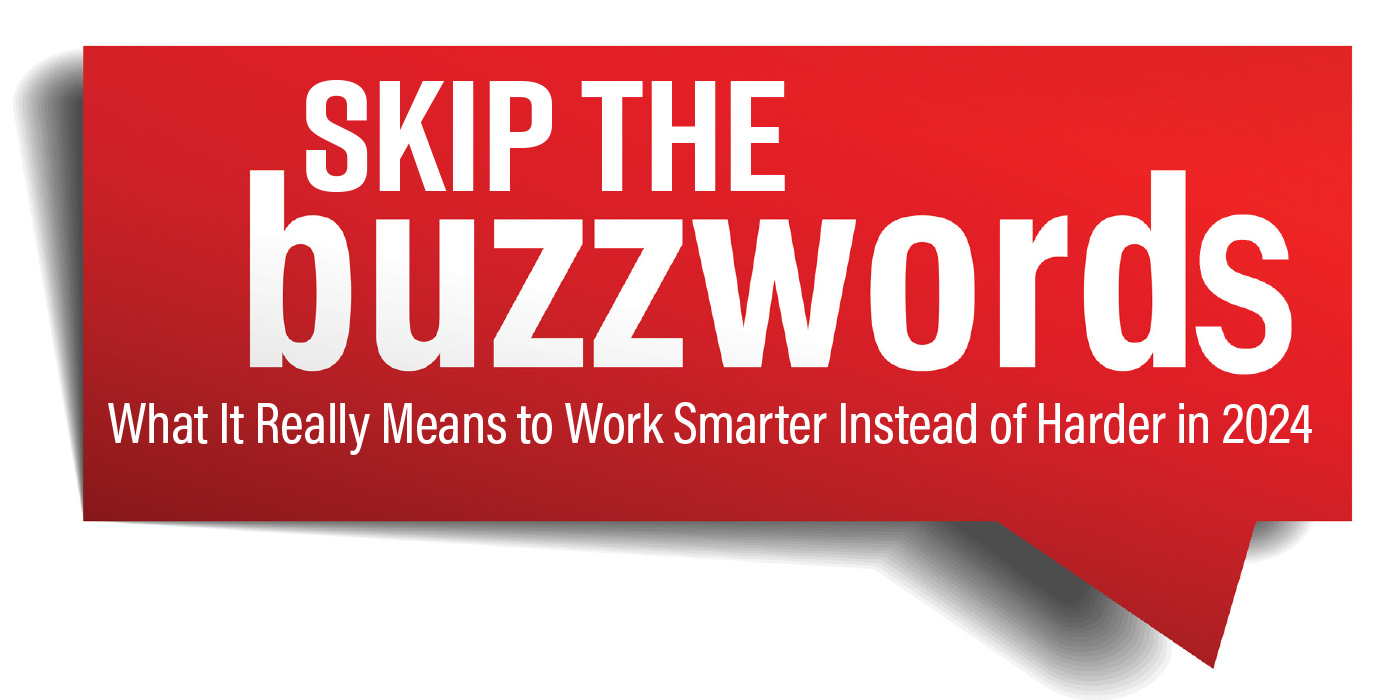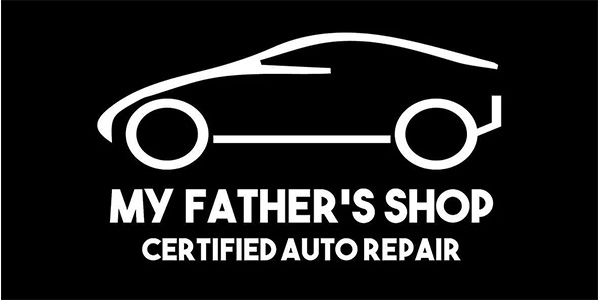Ever wonder what a failure to communicate might look like – or mean to – your shop?
Picture this scenario: A customer drops his car off at a shop, explaining to the service advisor that the A/C isn’t functioning and there are lights on the instrument panel. He’s not sure exactly what’s going on, but he wants it looked at and corrected. He signs the work authorization, and the advisor lets him know that he should hear back from the shop soon with 1) an estimate; 2) an explanation of what needs to be addressed; and 3) the timeframe the shop will have the car.
Our customer has known the owner for a long time and has assured the shop he trusts them to do a good job.
After some time goes by – days to be exact, with no contact from the shop – the customer calls in for an update. The advisor spews out some reason for not contacting the customer and apologizes. He says they know what is wrong but don’t have a price yet – they think it will be “around $600,” so the slightly frustrated owner gives the go-ahead to proceed.
Another 10 days go by without contact from the shop when the vehicle owner’s cell phone rings. Good news! The shop says the car is complete and ready for pick up.
A little irritated with the lack of attention from the shop but happy about the car, the owner heads to the shop to pick it up. After the usual pleasantries, the advisor presents the invoice with the final price doubled to $1,200. You can picture what happens next – hopefully you haven’t experienced it.
Shops are busier than ever; advisors, techs and owners are stretched thin; and spare minutes throughout the day are scarce. Could the challenges the customer experienced have been caused by those facts? Certainly. Could they have been avoided? Absolutely. Using time wisely and understanding the importance of keeping communication lines open is essential to a fantastic customer experience.
In the classic 1967 film, “Cool Hand Luke,” The Captain intones, “What we’ve got here is a failure to communicate. Some men you just can’t reach.”
Since the movie’s debut, this line has been repeated so often that its message may seem trite – but it’s true: when you or someone in your shop fails to communicate, well, you just can’t reach the customer.
Smile
Whether you are talking on the phone or having a conversation with a customer in-person, smile!
The tone of your voice changes when you are smiling.
It’s perceptible to the caller and will set the tone for the rest of the call. It’s been proven that a smile puts the caller at ease. On an inbound call the caller’s mood matches that of the person who answers the phone at your shop for the duration of the call.
When you greet customers in person, keep in mind that they are at your shop because their car needs service and may not be in the best of moods. A warm smile will put them at ease, set the tone for your time at the counter and, ultimately, help them to know that you are there to help, not just fix their car.
Communicate early and often
In the absence of updates people tend to think the worst. Everyone’s personality is different, but one thing most people have in common is that if we don’t hear from a business that we are working with, our minds can run away. Pretty soon we are in full panic mode envisioning a worst-case scenario. In relation to your shop, a customer might be thinking she needs a new car and begin plans to find a replacement as soon as possible.
Shops that make the time to send or call with status updates have fewer inbound calls and are more in control of their day. Sure, you’ll still have the occasional customer who calls multiple times throughout the day, but this is the outlier rather than the norm.
It’s your choice
As a part of the write-up and interview process, make sure to ask how your customer would like to hear from your shop. While you might want to communicate with everyone by phone, your customer might prefer a text message because of work or other circumstances. Taking those needs into account and matching them with how you communicate will go a long way toward creating a top-level customer experience.
‘That’s Not What I Said’
One rule for quality communication is always that the person delivering the message is responsible for what the person receiving the message hears. How often have you heard the phrase, “that’s not what I meant?”
We had one memorable instance of a communication breakdown at our shop. Additional items would be needed to complete the job properly so my advisor contacted the customer to say he would need unexpected parts. The customer said he understood the parts were necessary but was upset about the surprise. In my service advisor’s mind, the customer’s understanding signalled approval of the additional dollars, so he wrapped up the conversation with, “I am so sorry, we’ll take care of it.”
However, when the customer arrived to pick up the car, he balked at the increased amount on the invoice. He said to the advisor, “You said you would take care of it! Why do I have to pay more when you said it wouldn’t cost more?” The advisor’s response? “That’s not what I meant!”
The customer was right; we didn’t handle the conversation about the additional price increase properly. We took responsibility, discounted the invoice $500 and used that moment as a learning experience.
After the customer had departed, we all stepped back and reviewed the conversation to see what we could have done differently. We were able to train our staff in effective communication skills to ensure that our messages and our expectations from all parties going forward were clear.
Remember, it’s not what you say, it is really what the listener hears.
LISTEN
Listening is the number one component of communication. Effective listening is essential and will go a long way toward a great customer experience. Actively listen to your customers as they speak, take notes and ask questions to clarify anything that might not be clear. When you feel you have everything on the initial customer request, review the items with them before they leave. This way you will ensure you have their primary concern, all symptoms that need to be documented, and any additional work like an oil change or comprehensive pre-trip inspection on the work order. That way, when the customer arrives to pick up their car the only question you have for them is when to set up the next service appointment.
Keep it business-like, with a dash of personal
One aspect that sets the independent service facility apart from a dealership is the personal attention you can offer in the customer experience. Maintaining a professional business relationship with your customer ensures that the lines between friends and customers don’t get blurred. We all know what it’s like to work for friends and families, but by listening you can get to know things like kid’s birthdays, anniversaries, vacation destinations, etc. This way you can wish them happy birthday, and ask how they enjoyed their time away. These little things can be the differentiator that ensures their loyalty for years to come.
The goal of all premier shops should be to provide the best customer experience that ensures a customer is happy with your shop, returns for future service, is loyal and sends referrals. Using these communication strategies will assist you in meeting that goal.














